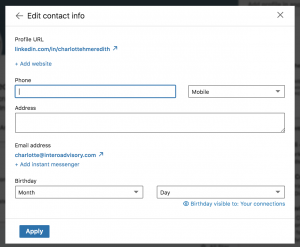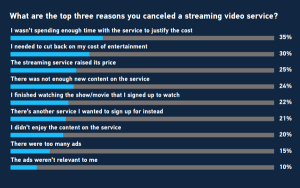— April 18, 2019

Having a clear understanding of the wants and needs of a web site’s visitors is a recipe for success. And the easiest way to get to know an audience is by capturing data on their activity while visiting a site. This information is what Google Analytics provides free of charge. Google Analytics is a must-have for any site that aspires to connect with its audience and increase traffic.
Google Analytics provides the following invaluable information:
- A profile of the site’s visitors – capturing the users’ location, browser type, screen resolution and even their native language
- The activity on the website such as length of time on the site, number of pages visited, most visited pages and even the page they are on when they leave the site
- Additional analytics that includes time of day with the most traffic, what site the visitors came from, and the source of the traffic including a breakdown of the search engine used, social media source, or linked site
- Site navigation including time spent on individual pages and what links the visitors click
Here are the simple steps for installing Google Analytics on any website.
Sign up for Google Analytics
The first step in getting Google Analytics set up is to sign up for the program. Visit Google Analytics and walk through the steps of getting set up. Google requires all of the pertinent information from the website as well as some contact info. Whether or not to engage in data sharing for the program is optional.
Access the Tracking Code and add it to all the Web Pages
Once all of the information has been provided, users can click on a “Create Account” button where they’ll then be immediately taken to a screen that provides a unique tracking script. This Google Analytics tracking script will be doing all of the heavy lifting and needs to be installed on every page of the website.
Users will also be prompted to specify domain and subdomain preferences, and will be presented with a checkbox option for choosing to set up AdWords. Once all of the selections have been made, the script can be copied and pasted to each of the site’s webpages.
For WordPress, the setup is a snap. Just install the Google Analytics tracking code script as a new plugin on the site and activate the plugin. It’s that easy. To install Google Analytics on a YouTube channel, click the “Additional Features” link and access the “Advanced” options. From there, just install the script into the appropriate field at the bottom of the page.
Confirm the Tracking Code is Working
After installing the scripts, and or plugin, it should be confirmed that the website data is being tracked correctly. From the Overview page, there is an “Actions” column that provides an “Edit” option. Clicking the “Edit” option and then the “Check Status” option will provide users with a Tracking Status Information box where they can verify if the tracking code is functioning properly. You can also use a tool called “ghostery” (free browser plugin) to check status of your code.
It is also highly recommended that site owners setup Google Tag Manager, as its the easiest way to manage adding/removing codes on your site.
Using Google Analytics Retargeting Capability
This is by far the most underused aspect of Google Analytics. Not only does it help with analyzing your user data and site behavior – it can also be used to cookie users based on specific actions they have taken on your site. This method of marketing is called retargeting or remarketing and it a widely used marketing strategy. There are plenty of Udemy courses about this subject and using it is highly recommended to anyone with basic Google Analytics skills. All you have to do to set this up is as follows:
– Login to your Google Analytics account
– Go to Admin Properties Link Your Adwords Account
– Once your Adwords account is linked Click on Retargeting (Under Adwords Tab)
– Start setting your retargeting lists
Determine the Statistics that matter the most
Google Analytics provides an abundance of information, and it can be overwhelming. Website owners should first determine what information they want to get from the visitors to the site and then eliminate extraneous data that doesn’t address those specific needs.
Google Analytics is a powerful marketing tool and complements any type of ad campaign. You should use it to measure your social media traffic and paid campaigns to name a few channels.
Digital & Social Articles on Business 2 Community
(62)







